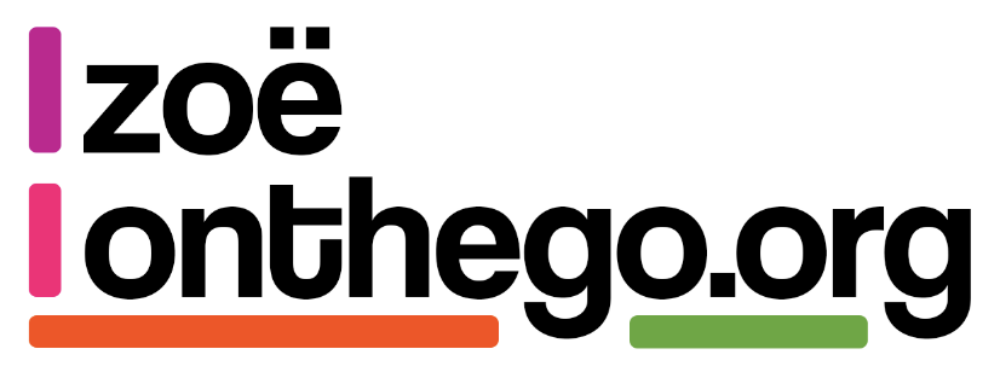How bad service design punishes those with a disability.
If you’ve never heard of the ‘Disability Price Tag’; the simplest way to describe it is that it’s the price you pay for costly mistakes due to symptoms of (or a byproduct of) your disability.

People with ADHD are so often hit by the disability price tag; it’s been nicknamed the “ADHD Tax“, some obvious examples of this are parking and traffic tickets, late fees, high interest debt (i.e. credit cards), and low credit score (leading to higher interest debt, inability to get loans, problems renting apartments and buying cars, etc.) But this isn’t the only way people with disabilities are being hit financially.
Heating, insurance, equipment and care cost’s are all higher for people with Disabilities; and the Scope Extra Cost Commission in 2014 found that people with a Disability faced an extra £550 a month on their living expenses due to disability-related expenditure. In fact a study in 2015 by MacInnes, T., Tinson, A., Hughes, C., Born, T.B., Aldridge, H: Monitoring poverty and social exclusion found the poverty rate among people in families where someone has a disability is 8% higher than of those in families where no one is disabled.
For able-bodied and/or neurotypical folks, these can be really hard to comprehend; and even when they can comprehend the truth is, they have little sympathy for it.
But even if we acknowledge that people with Disabilities face the Disability Price Tag; there’s little recognition of the fact that bad service design can make these problems significantly worse for people with disabilities.
Many companies deliberately make it hard to cancel your subscription after a free trial period; or to register a complaint or appeal an unjustified fine; this is a fact everyone can easily recognise. What people fail to recognise if that this disproportionately affects people with disabilities, who are likely they to find it much harder to navigate these systems.

Let’s examine an example we’ve been dealing with recently; my family recently paid for parking in Manchester‘s Arndale shopping centre; where they’ve recently swapped their parking system to a new paperless (but still not digital) system.
The new system requires you to enter your Registration number on the machine and pay, but doesn’t issue you a ticket. There are a number of flaws in here that makes this utterly inaccessible and un-user friendly for people; so lets consider the issues this could cause:
- You have to guess how long you’ll need to park; if you need longer there is no easy way to top up your time without physically returning to the machine to extend it. Not very practical for those with a physical impairment, or who have caring responsibilities which would make nipping back to the car difficult.
- As users aren’t issued a ticket, and the machine doesn’t capture your mobile number or any way of issuing an e-ticket or reminder, users have to remember what time their ticket ends; this is not designed to support those with a cognitive disability which may make remembering information difficult.
- The system requires you to enter your registration number from memory; there are no reminders or prompts on the system; which features a normal alpha-numeric keyboard, relying on you to know your registration by heart; which means it can be very easy to enter your registration plate wrong. As the system doesn’t issue you a ticket/receipt; nor does it email you your ticket information, there is no way to check you entered the information correctly. This can easily trip up people with a learning difficulty like Dyslexia, or for those whom the English Alphabet is not their default.
My partner has Dyslexia and ASC and I have ADHD (always a winning combination when it comes to the Disability Price Tag). When we parked and went to purchase the ticket we managed to accidentally mix up the O for a 0; because we didn’t receive a copy of our ticket, we had no way of knowing we’d made this mistake, and simply assumed everything was fine. Upon returning to our car we spotted the fine sitting on the car window. We went to speak to the parking warden, who acknowledged we did indeed have a valid ticket on the system, but that the reg was technically wrong, and therefor we’d been fined. The warden acknowledged this was a very common issue that caught many people out; and recommended we appeal.
Appealing in and of its self is not an easy process; and what many able-bodied and neurotypical folks don’t understand is how much privilege it takes to appeal things; and how many spoons it can take to do so. Lets use our example of the the parking fine again:
- The details of the fine and how to appeal it was only available on a piece of paper, and you have to wait unto 24hrs for the system to be updated before you can appeal (very easy to lose for those with ADHD etc.)
- The print is extremely small (not good for those with a visual impairment and/or Dyslexia etc.);
- and the reference number is not only small but also long and complex (very easy to get wrong for those with Visual Impairments or ADHD/ Dyslexia etc.)
Of course, to make matters more frustrating Manchester City Council then rejected the appeal, saying it’s the users responsibility to make sure they have bought their parking ticket correctly; which is a prime example of the higher price tag people with a Disability can face for doing that so many people would consider relatively simple.
So, how when we’re designing services can we do better? The answer is easy than you think; carry out research and test with users! User research and testing aren’t only applicable when we’re developing web services; they are equally important when developing and rolling out new systems in the physical world. Within Disabled service provision, this co-production of services is being seen as more and more important.
Co-Production is a term used to describe the partnership between people with disabilities or health conditions, carers and citizens and those who develop and run public services. While the upfront costs of co-production may seem higher; by designing services with users needs at the heart, we can significantly reduce the financial and emotional burden inaccessible services place on those with Disabilities; in turn improving their quality and way of life.

